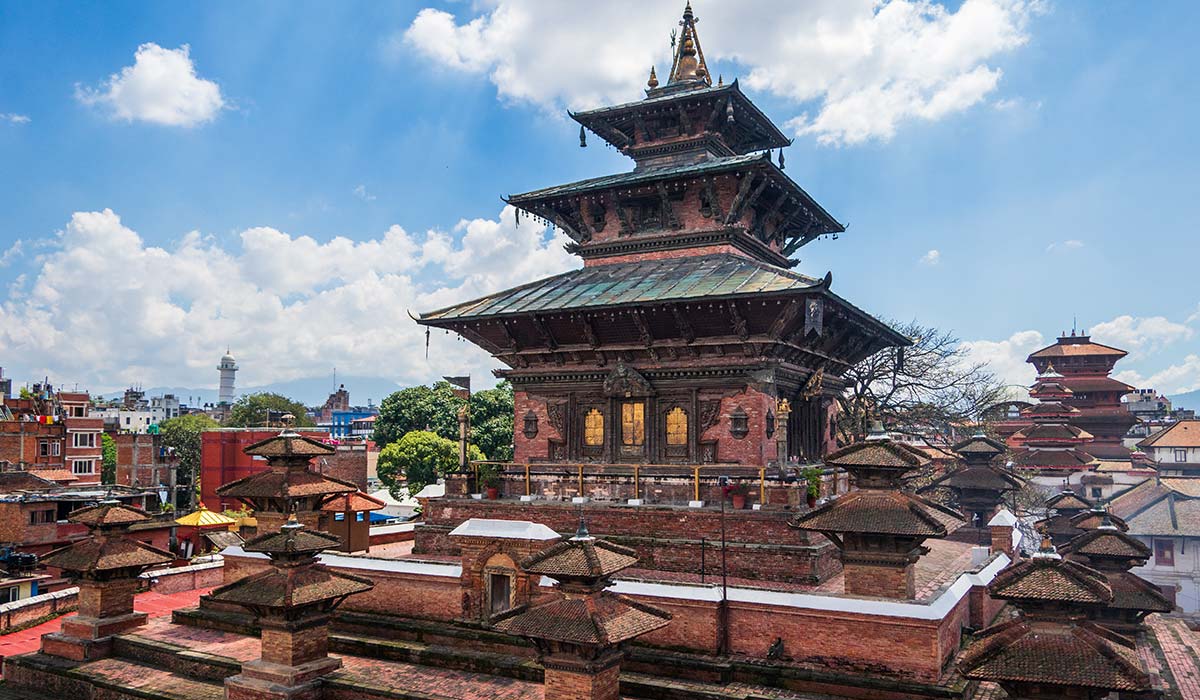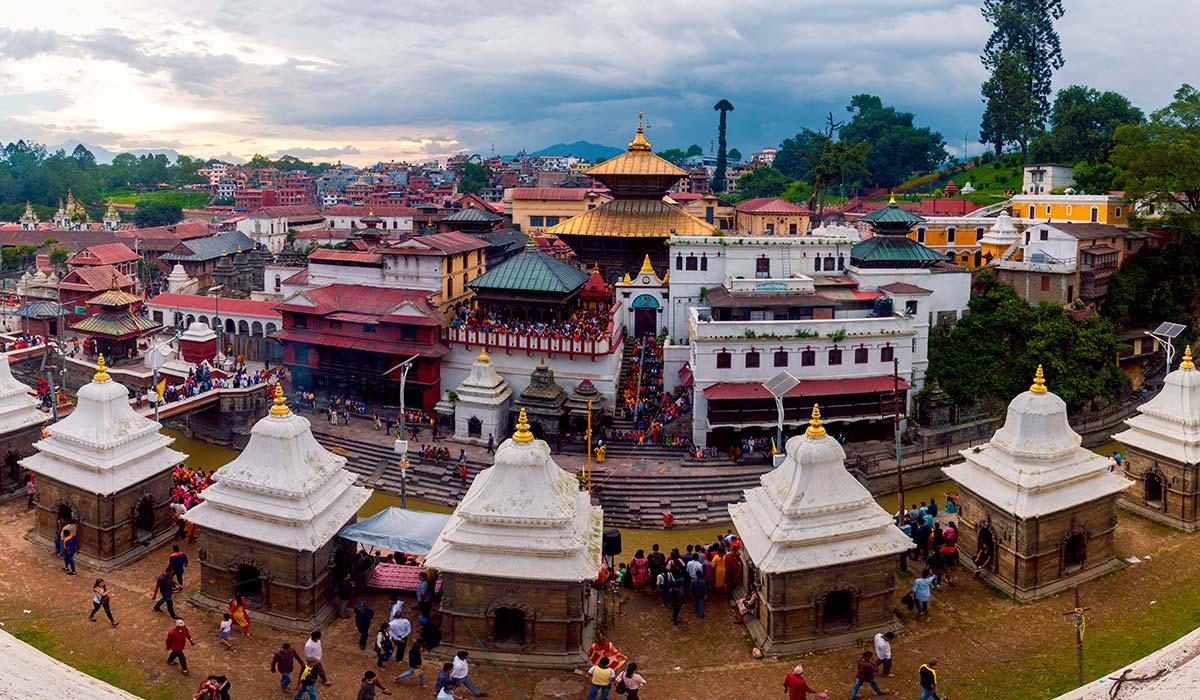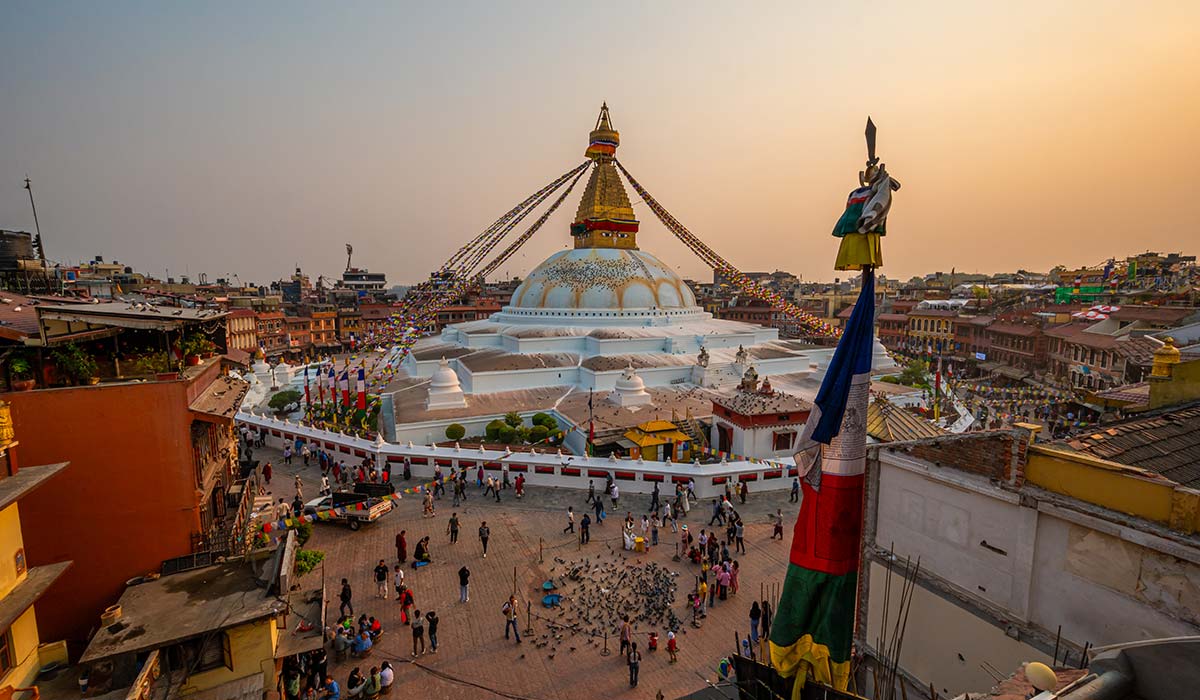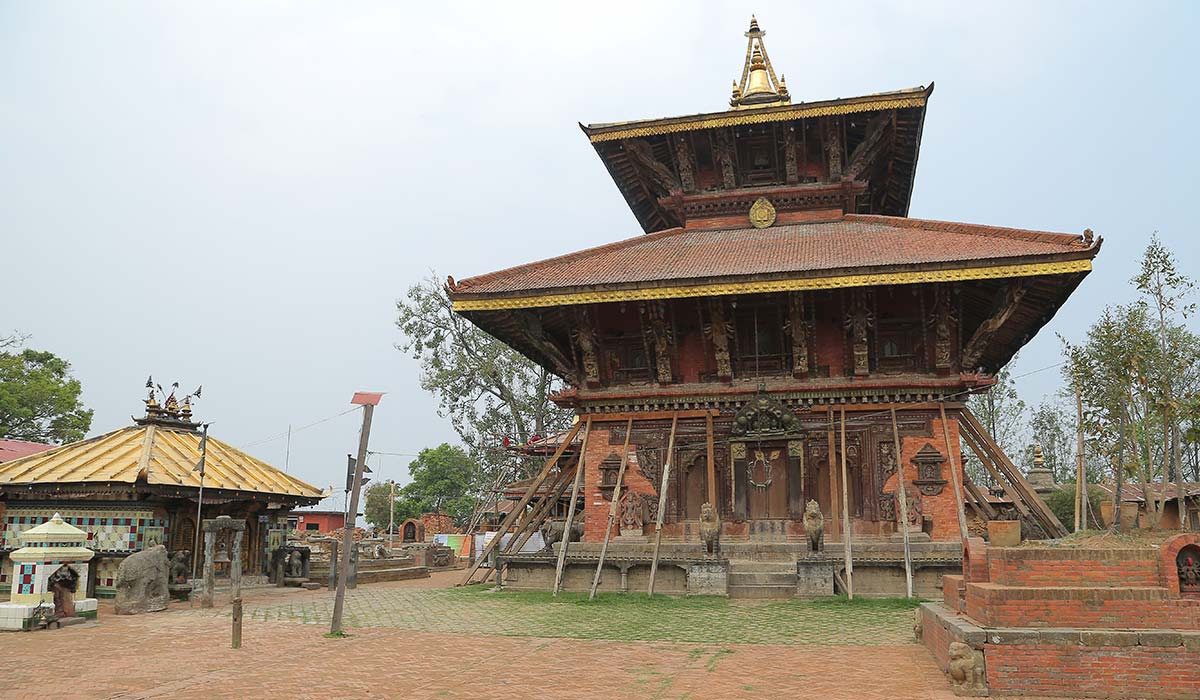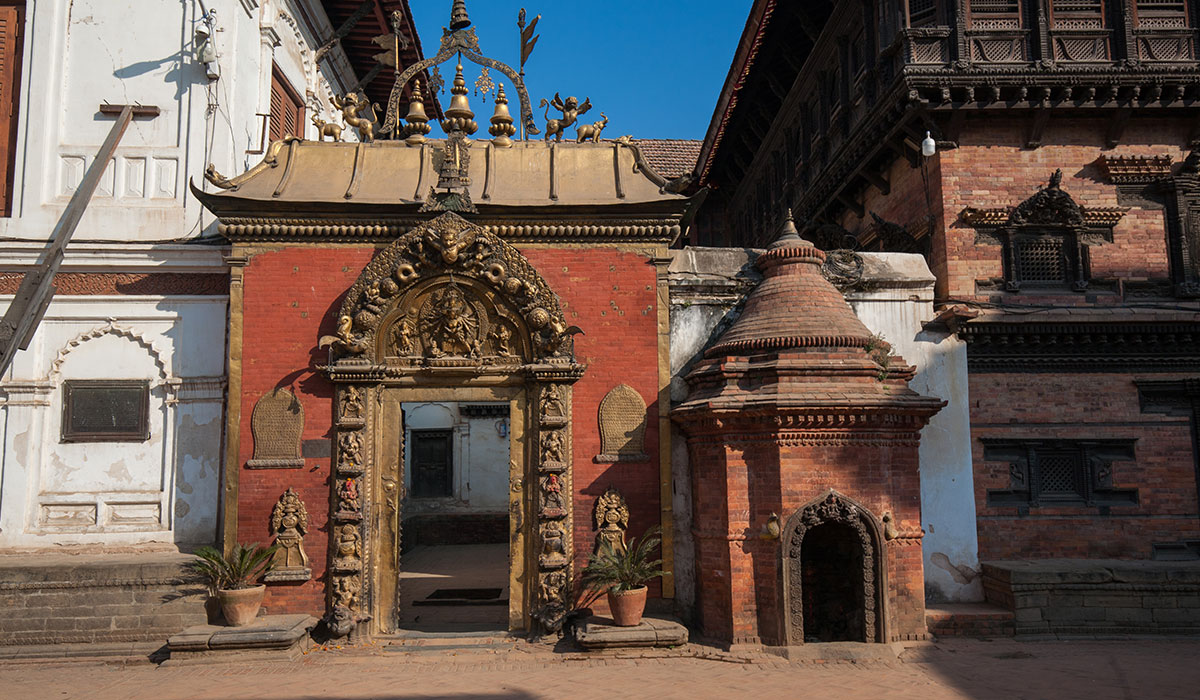
There are many World Heritage Sites inside Kathmandu Valley that can be explored in a short time. Kathmandu Valley is nestled in the heart of Nepal and encompasses numerous heritage sites. It is a vibrant tapestry of history, culture, and spirituality. The day tour to the famous world heritage sites tour encompasses a visit to amazing places like Swayambhunath, Pashupatinath, Boudhanath, Kathmandu Durbar Square, Bhaktapur Durbar Square, Patan Durbar Square, and Changunarayan Temple. Seven collections of monuments and structures that highlight the rich cultural and architectural legacy of the area may be found in this ancient valley.
Visiting these places will give you an excellent opportunity to witness the ancient architecture of Nepal and explore the cultural traditions of Kathmandu. From bustling squares to serene stupas and temples, these world heritage site tours are cultural assets of the country. Embarking on a tour to such places not only quenches your thirst for enthusiasm but also gives you insights into the cultural traditions of the country. It is an easy and short way to escape the nerve-racking lifestyle and immerse yourself in distinct heritage, religion, and timeless traditions. Our Seven Heritage in Kathmandu Tour is a voyage through time where the traditional and the modern coexist peacefully. It's more than just a sightseeing excursion.
To seek the majestic beauty of the Kathmandu Valley, catch the outstanding beauty of the mountains, and seek Nepal's historical and cultural treasures, heading for this journey can be beneficial for you. The Kathmandu Valley World Heritage Sites Tour is customized in such a way that it lets you explore every heritage site in a single-day tour extensively. This means you’ll get to catch the beauty of the region, immerse in the distinct culture, interact with locals, try delectable cuisines, and catch the stunning aerial beauty of the Valley. The mesmerizing journey is a close-up look into the spirit of the nation, encompassing the core of its long-standing customs, legacy, and religion.
This article provides every detail of cultural and religious insights into such places and monuments. Our organized itinerary will undoubtedly present you with a magnificent experience.





